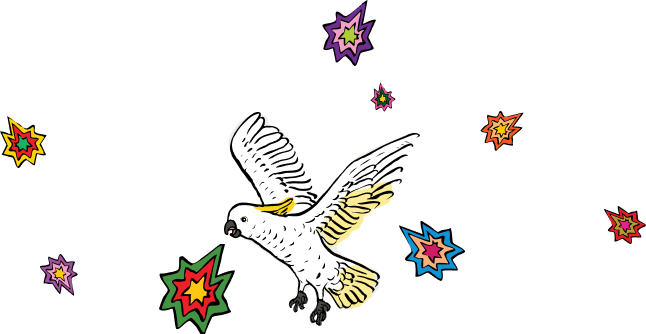Reviewed by: mindshare
mindshare is a creative community and online mental health publication. Reflections are by mindshare writers with lived experience of mental illness, specifically critiquing through a mental health lens. Content may contain triggering themes.
You know when you’re drowning, and you can’t inhale no matter how much air you gulp in, then you look around and you aren’t even in the water, and the screams you thought you heard from another person were actually you? It was you screaming all that time. So, you haul your ass to the basin and grip the porcelain so tight your knuckles turn white, and then when you splash cool water against your sweat covered brow, even that can’t extinguish the burning flames that are rippling across your skin. You become aware of your chest. You are awake to it because it feels so compressed that even breathing hurts. Your heart is heavy, and you wonder if someone filled it with stones and left you to drag it around. You know that feeling? Yep, me too. And let me tell you, so does Penn Housman. So, if you want to make visible your pain and your suffering, your invisible trauma and your overwhelming sadness, you need to see this exhibition. Never have I felt so seen. Ever.
In the beautiful dim light of the Pilgrim Church, Penn Housman exhibits her body of charcoal and pastel images, artwork created from the depths of both pain and survival – depictions of a violated body and insight into the psyche of the abused soul. Across 19 beautiful and confronting pieces of work, Penn takes the viewer on a breathtaking journey across the decades from abuse to survival to reconciliation. She aptly titles the exhibition, ‘I didn’t know I was drowning, until I saw the shore’, and I think this might be the most raw and challenging art exhibition I have seen in some time.
Beginning with trauma, Penn presents the most exquisite childlike images set against black back drops, with an emphasis on seeing but being unseen. The images evoke in me the emptiness that only a survivor of abuse can know: the way we are a void to be filled, yet completely devoid of feeling or light. The intimacy of these first few images draws me in and I want to know Penn’s story, but I also want to look away, because the discomfort is raw. Travelling through the years, I am struck by the darkness in the “Night Terrors” piece and know too intimately the monsters that creep in the night. But it is the “Collaboration of Silence” piece that stops me in my tracks. Penn perfectly articulates how silence in abuse is perhaps the loudest silence of all. Each piece gets progressively better and more nuanced, peaking with sophistication and simplicity.
Drawing to the end of the exhibition and I am exhausted, but exhilarated. I glance across at the church interior, as shards of coloured light from the stained-glass windows pours in to dilute the darkness, and I think that this is the perfect setting for this body of work. The windows perfectly compliment Penn’s story, as they echo her reminder to us all that there is beauty in fracture; that even shattered and pulled back together we can still radiate the most perfect light.




